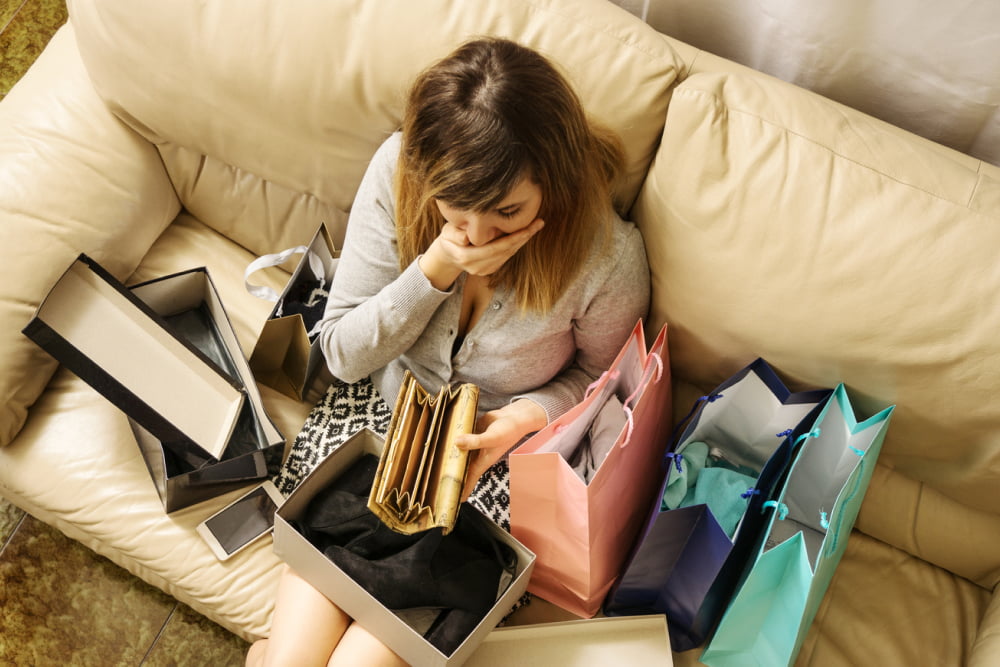Identifying the 5 signs of shopping addiction

Shopping addiction is a compulsive behavioral condition marked by an overwhelming desire to buy things. It is also known as oniomania, which can have a considerable impact on one’s finances, ultimately causing emotional distress. There are ways one can cope with shopping addiction, from therapy to financial counseling. Still, before one can find help, one needs to understand the signs of a shopping addict and how they differ from a shopper who enjoys occasional retail therapy.
Signs of shopping addiction
Emotional reactions to the activity
Frequently, compulsive individuals with unhealthy shopping tendencies experience nearly extreme emotions while engaging in this particular activity. For example, they may go on a shopping spree to beat the feelings of depression, anxiety, or stress, usually making more impulsive purchases. After buying the items, they experience relief or euphoria, which is soon followed by deep regret or shame. Eventually, these emotions cause problems with their relationships and finances.
Inability to let go
Shopping addicts are unable to treat the activity as a casual outing or stress buster. They find it difficult to roam around a mall or a shopping center for leisure and get consumed by the thoughts of shopping and money. They also find it challenging to let go of the constant urge to make purchases, which can even worsen anxiety or compulsiveness.
Loss of control and lying
Compulsive shoppers may find it difficult to stop thinking about what they want to buy and lose control when they find items of interest. They may lie about or hide their purchases and get things they don’t need.
Inability to pay off debts
Compulsive shoppers often find it hard to pay off their debts. They may open new credit cards without paying off the existing balances, thus creating a vicious cycle of growing debt, constant financial instability, and distrust among lenders. At times, offers like buy now pay later can also make it difficult to keep track of one’s purchases. These offers give the buyer flexible payment methods that tend to encourage high-value purchases.
Difficulty to break the cycle
Beating the shopping addiction is often more severe than simply sticking to a list or setting budget restraints. Individuals struggling with it may find it impossible to break the cycle without external help or counseling. This often leads to other mental health issues like hoarding, anxiety, and depression.



